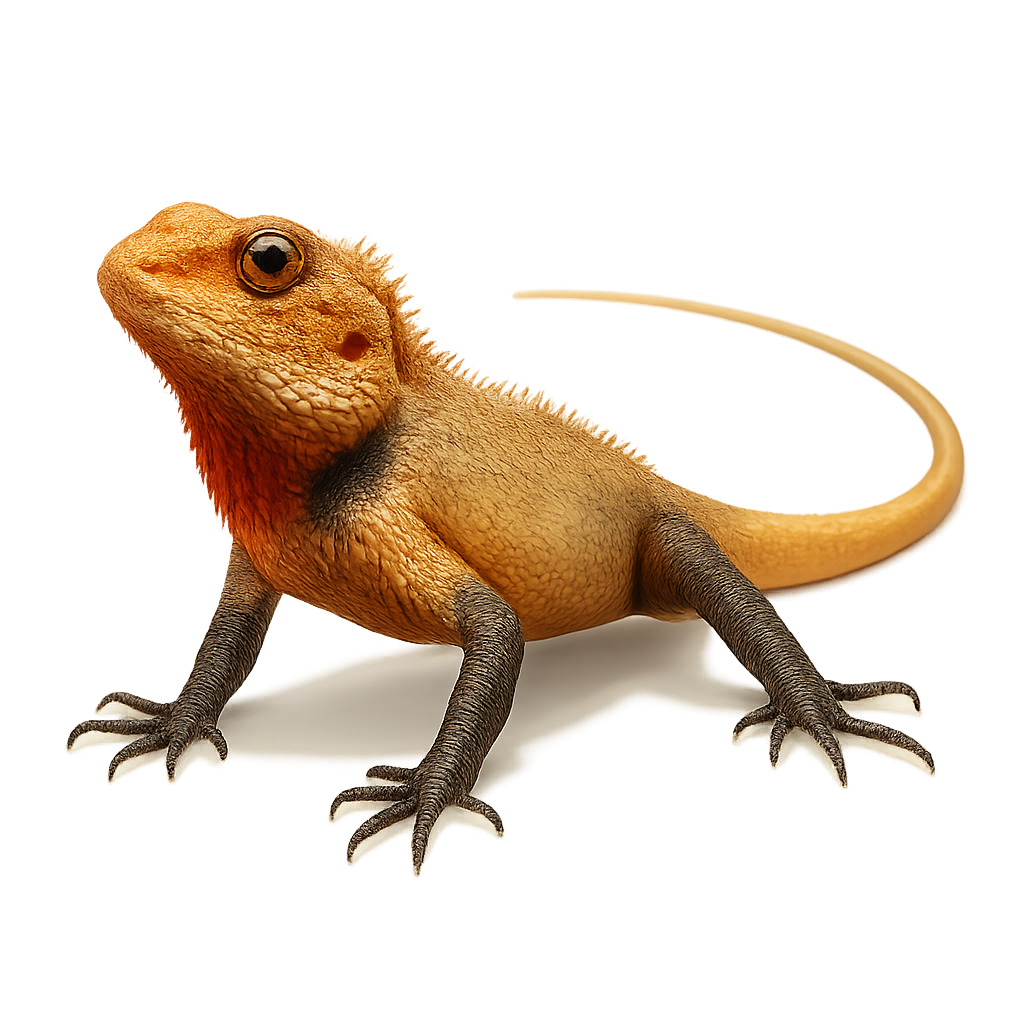Your wildlife photography guide.
Explore the changeable lizard in detail, study its behavior, prepare your shots.
Where to observe and photograph the changeable lizard in the wild
Learn where and when to spot the changeable lizard in the wild, how to identify the species based on distinctive features, and what natural environments it inhabits. The WildlifePhotographer app offers tailored photography tips that reflect the changeable lizard’s behavior, helping you capture better wildlife images. Explore the full species profile for key information including description, habitat, active periods, and approach techniques.
Changeable Lizard
Scientific name: Calotes versicolor

IUCN Status: Least Concern
Family: AGAMIDAE
Group: Reptiles
Sensitivity to human approach: Suspicious
Minimum approach distance: 3 m
Reproduction period: May to September
Incubation: 60–70 jours
Births: July to August
Habitat:
gardens, light forests, urban areas
Activity period :
Active during the day when temperatures are favorable, often seen basking in the sun.
Identification and description:
The Changeable Lizard, or Calotes versicolor, is a widespread lizard in South and Southeast Asia. It is easily recognizable by its ability to change color, shifting from brown to green, and sometimes bright red, especially during the breeding season. This diurnal lizard prefers open habitats such as gardens, light forests, and urban areas. It primarily feeds on insects but can also consume small vertebrates. Males often display a reddish throat during the breeding season to attract females. Although frequently seen in inhabited areas, it remains wary and quickly flees when threatened.
Recommended lens:
Macro – adjust based on distance, desired framing (portrait or habitat), and approach conditions.
Photography tips:
To photograph the Changeable Lizard, it is advisable to use a macro lens to capture the details of its skin and color changes. Approach slowly and avoid sudden movements to prevent scaring it away. Natural morning or afternoon light is ideal for highlighting this lizard's vibrant colors. If possible, use a tripod to stabilize your camera and achieve sharp images. Be patient and wait for the lizard to relax to capture natural behaviors.
The WildlifePhotographer App is coming soon!
Be the first to explore the best nature spots, track rutting seasons, log your observations, and observe more wildlife.
Already 1 430 wildlife lovers subscribed worldwide

